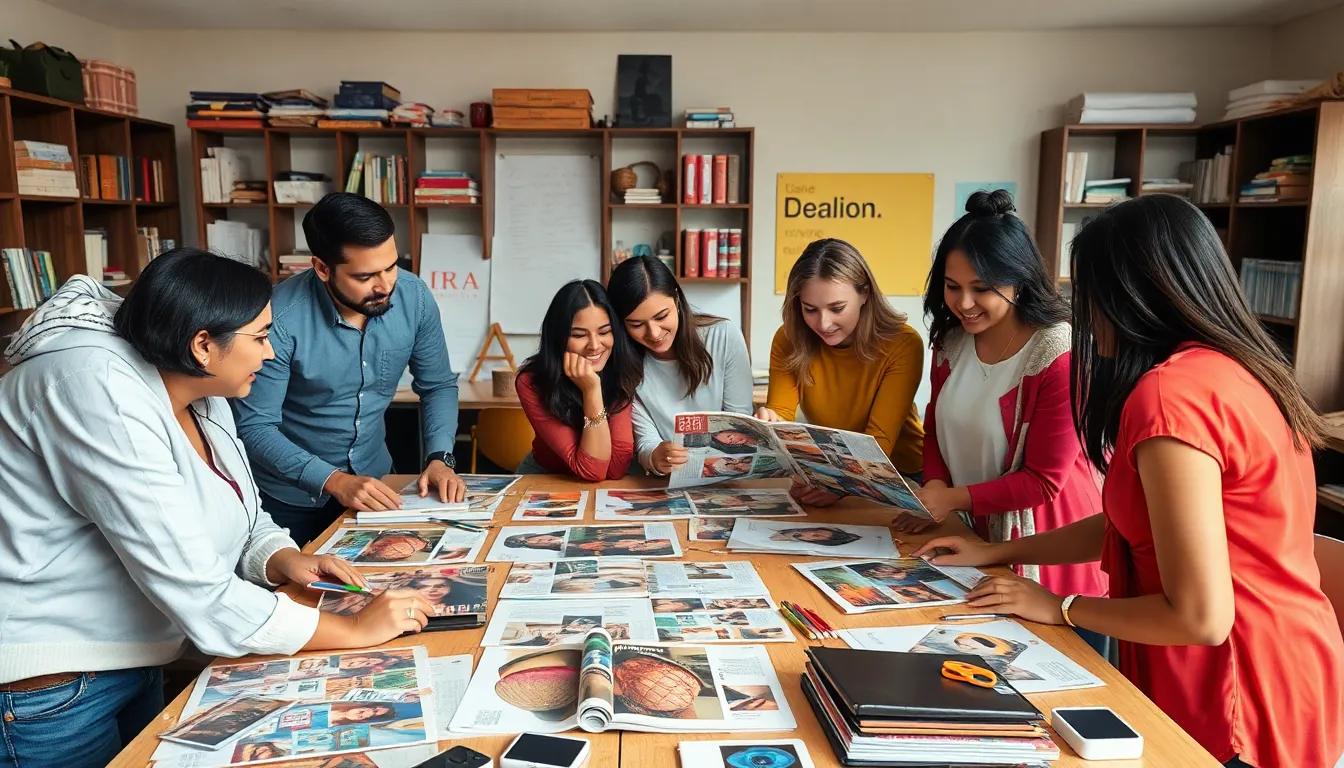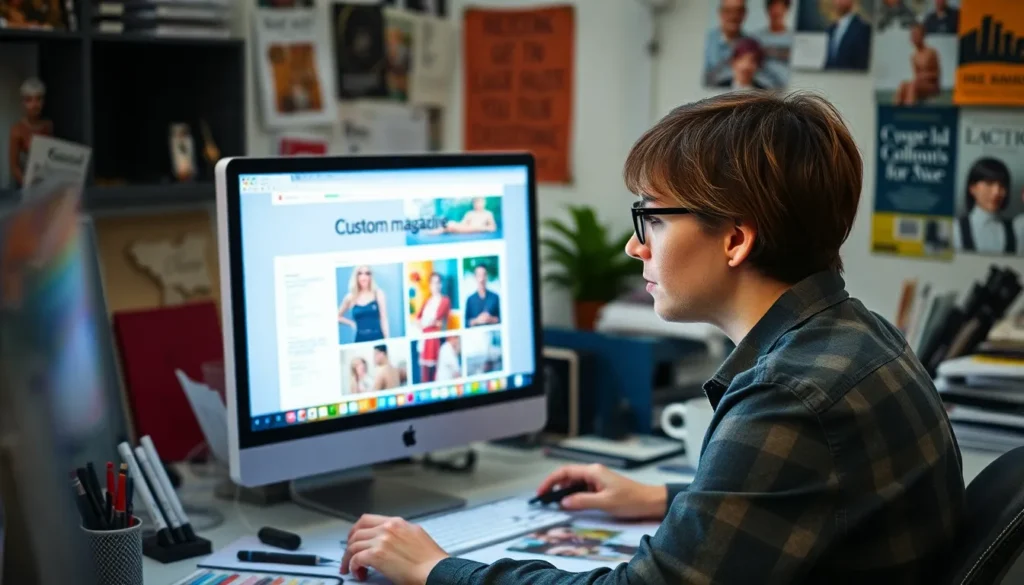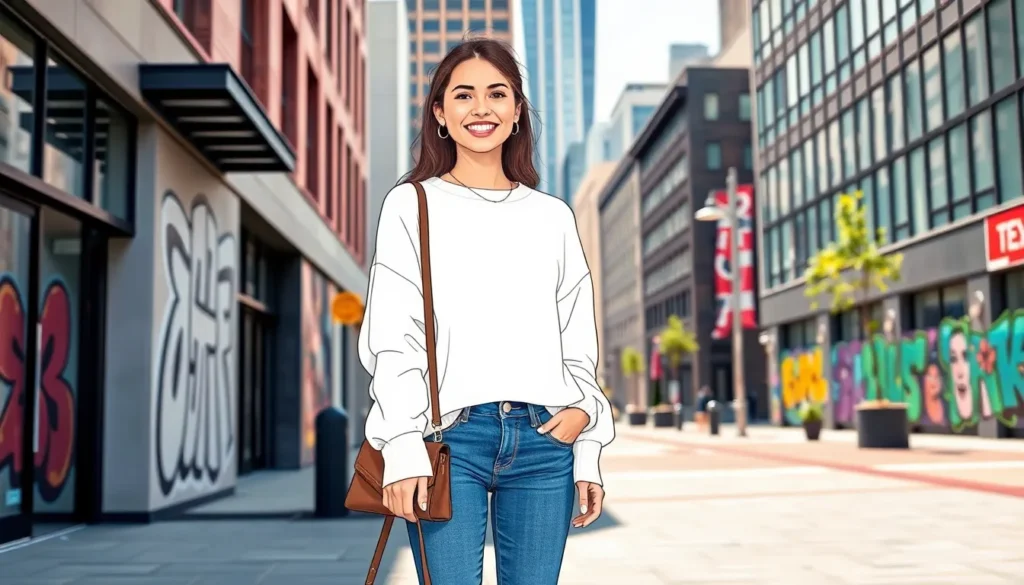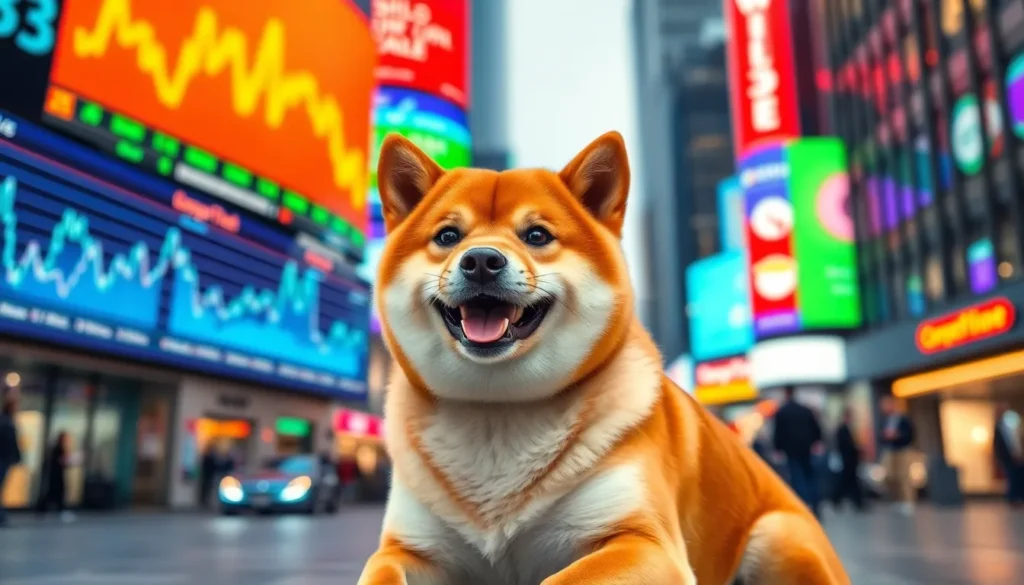In a world where visual storytelling reigns supreme, custom magazine layouts offer a unique canvas for creativity and expression. They allow brands and individuals to break free from conventional designs, showcasing their distinct identity and message. Whether it’s a lifestyle magazine or a niche publication, a tailored layout can captivate readers and enhance their experience.
Crafting a custom magazine layout involves more than just arranging images and text. It’s about creating a cohesive narrative that resonates with the audience. With the right elements in place, a magazine can transform from a simple publication into an immersive journey that keeps readers engaged from cover to cover. Exploring the art of custom layouts reveals how thoughtful design can elevate content and make a lasting impact.
Table of Contents
ToggleOverview Of Custom Magazine Layouts
Custom magazine layouts serve as a pivotal element in defining a publication’s aesthetic and functional appeal. Tailored designs enable brands and individuals to present their unique narratives through purposeful visuals and structured text. Enhanced layouts create a cohesive flow that guides readers through the content, fostering an immersive reading experience.
Custom layouts include the integration of distinct color schemes, typography, and imagery that align with the publication’s identity. Effective use of white space improves readability and draws focus to essential elements. Additionally, varied grid systems allow for creative flexibility, accommodating both traditional and modern design approaches.
Notable advantages of custom magazine layouts involve the following aspects:
- Brand Identity: Custom designs reflect a brand’s values and mission, ensuring consistency across various platforms.
- Reader Engagement: Unique layouts capture attention, encouraging readers to explore and interact with the content.
- Narrative Clarity: Thoughtfully structured designs facilitate the presentation of information, making it easier for readers to digest complex topics.
- Differentiation: Custom layouts set publications apart from competitors, enhancing their market presence.
Incorporating these elements enhances the storytelling capabilities of a magazine, turning each issue into a work of art that resonates with its audience.
Benefits Of Custom Magazine Layouts

Custom magazine layouts offer significant advantages that enhance both aesthetics and interaction. They allow publications to stand out in a competitive market while crafting memorable experiences for readers.
Enhancing Visual Appeal
Custom layouts elevate visual appeal by integrating unique design elements. They utilize tailored typography, distinctive color palettes, and striking imagery that align with the brand’s identity. Custom grids and white space strategically guide the viewer’s eye, creating harmony between content and visuals. Publications utilizing bespoke layouts often resonate better with audiences, establishing a strong visual presence that enhances brand recognition.
Improving Reader Engagement
Custom magazine layouts improve reader engagement through intentional design choices. Engaging layouts incorporate interactive elements, such as infographics and callouts, that draw attention and encourage exploration. By organizing content into digestible sections, readers find it easier to navigate and absorb information. Structured storytelling and visually appealing formats keep readers interested, prompting them to spend more time with the publication. Enhanced engagement leads to increased retention of information and a greater likelihood of audience return.
Key Elements Of Effective Custom Magazine Layouts
Custom magazine layouts incorporate essential design elements that enhance both aesthetics and functionality. Key components include grid systems, typography choices, and image placement, each contributing significantly to a publication’s overall impact.
Grid Systems
Grid systems serve as the backbone of magazine layouts, establishing a structured framework that guides designers in aligning text and images. These grids can vary in complexity, with options like modular grids allowing for flexibility in placing elements, while columnar grids ensure consistent text alignment. Effective use of grid systems enhances readability, helps create visual harmony, and fosters a cohesive flow throughout the publication. By adhering to these structural principles, designers can craft engaging layouts that draw readers into the content seamlessly.
Typography Choices
Typography choices play a pivotal role in conveying a publication’s tone and personality. Selecting fonts that align with the brand identity fosters an emotional connection with readers. Designers often combine sans-serif fonts for headlines with serif fonts for body text to create contrast and enhance legibility. Maintaining a hierarchy through font sizes and weights ensures that critical information stands out while guiding readers through the content. Consistent typography not only enhances visual appeal but also reinforces brand recognition, establishing a strong presence within a crowded marketplace.
Image Placement
Image placement directly influences reader engagement and narrative effectiveness. Strategically positioning images alongside text can break up content, making it more digestible and visually appealing. Utilizing full-page images can create impactful focal points, while smaller images can support and complement adjacent text. Ensuring high-quality, relevant images align with the subject matter enhances storytelling, leading to better retention of information. Thoughtful image placement transforms a magazine from a static layout into an interactive experience, captivating readers and encouraging them to explore further.
Tools And Software For Designing Custom Magazine Layouts
Several tools and software exist for designing custom magazine layouts, providing creators with the necessary resources to build visually appealing publications. These tools vary in features, design capabilities, and accessibility.
Popular Design Software
- Adobe InDesign: InDesign stands out as a professional layout software widely used in the publishing industry. It offers robust tools for typography, page layout, and multi-page document creation. Users can take advantage of its extensive features, including master pages, styles, and advanced image manipulation.
- QuarkXPress: QuarkXPress provides an integrated approach for both print and digital publishing. It supports rich graphic design capabilities and allows users to create engaging layouts with customizable templates, making it suitable for magazines seeking versatility in their designs.
- Affinity Publisher: Affinity Publisher is an affordable alternative to Adobe InDesign. It features a user-friendly interface and offers advanced layout options. Users can incorporate images, text, and vector graphics seamlessly, creating professional-quality magazine layouts.
- Canva: Canva caters to users seeking an accessible design platform with a variety of templates. It offers drag-and-drop functionality, enabling creators to design custom magazine layouts quickly. Canva’s extensive library of stock photos, illustrations, and fonts enhances the creative process.
- Microsoft Publisher: Microsoft Publisher serves as an entry-level option for users familiar with the Microsoft Office suite. It provides basic layout tools and templates for creating simple magazine designs, suitable for beginners or small-scale projects.
Online Layout Tools
- Lucidpress: Lucidpress is a cloud-based design tool that allows for collaborative magazine creation. Its intuitive interface and customizable templates make it easy for teams to work together, while its drag-and-drop functionality simplifies the design process.
- Visme: Visme specializes in creating visual content and offers magazine templates that cater to various styles. Users can upload images and select from numerous design elements to create immersive layouts that captivate readers.
- Scribus: Scribus is an open-source desktop publishing tool ideal for users who require a free solution. It supports professional-quality layouts with advanced features like color management and complex text formatting, suitable for budget-conscious designers.
- Figma: Figma serves as a web-based interface design tool that promotes real-time collaboration. Its versatility allows users to create custom magazine layouts while receiving instant feedback from team members, enhancing the overall design process.
- DesignCap: DesignCap offers a user-friendly platform with a selection of magazine templates. Users can customize layouts by adding text, images, and graphics without needing extensive design expertise, making it ideal for quick and simple creations.
Custom magazine layouts play a crucial role in shaping the reader’s experience and enhancing the overall impact of a publication. By thoughtfully integrating design elements, creators can craft visually stunning narratives that resonate deeply with their audience. The strategic use of typography, color schemes, and imagery not only reflects a brand’s identity but also fosters engagement and retention.
With the right tools and a clear vision, anyone can design a magazine layout that stands out in a crowded market. This approach not only elevates the aesthetic appeal but also transforms each issue into an immersive experience. Ultimately, custom layouts are essential for any publication aiming to leave a lasting impression and connect meaningfully with its readers.









